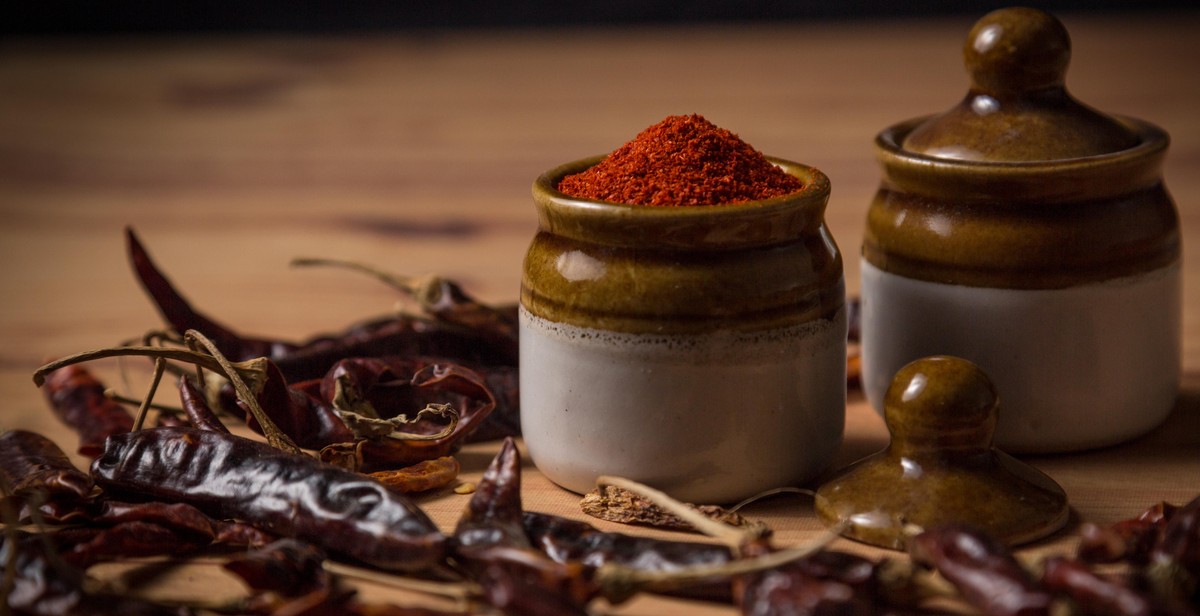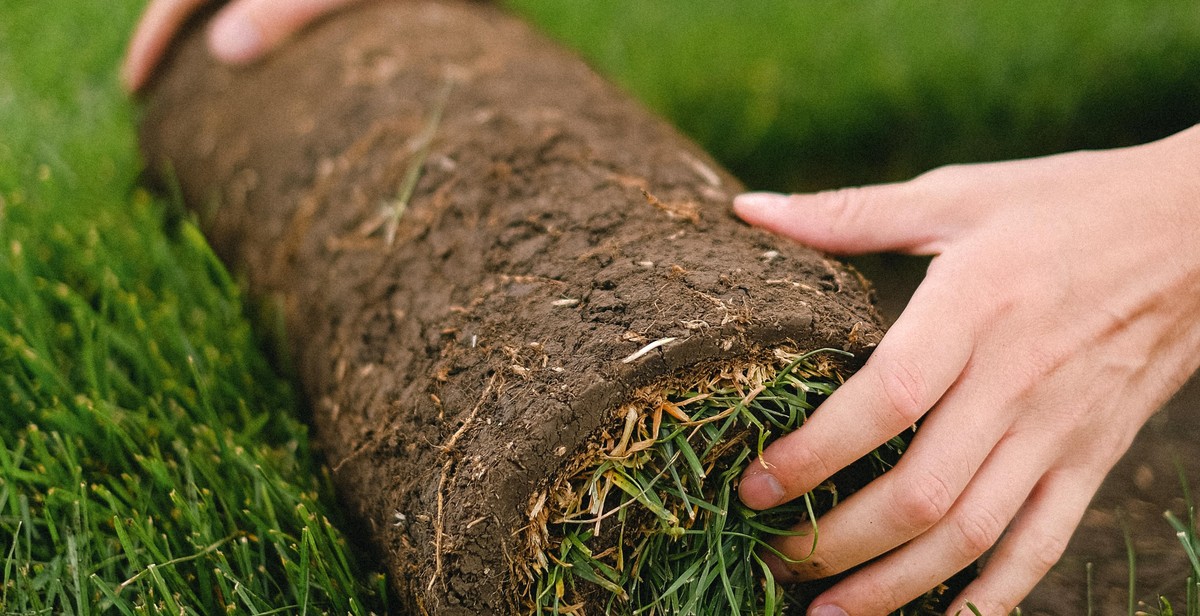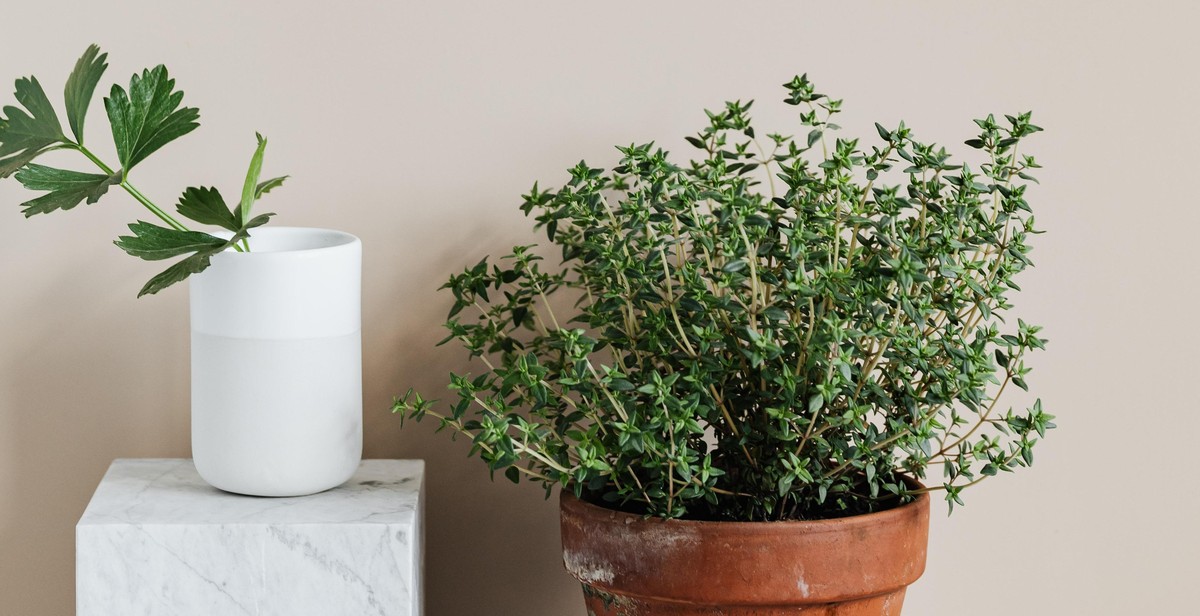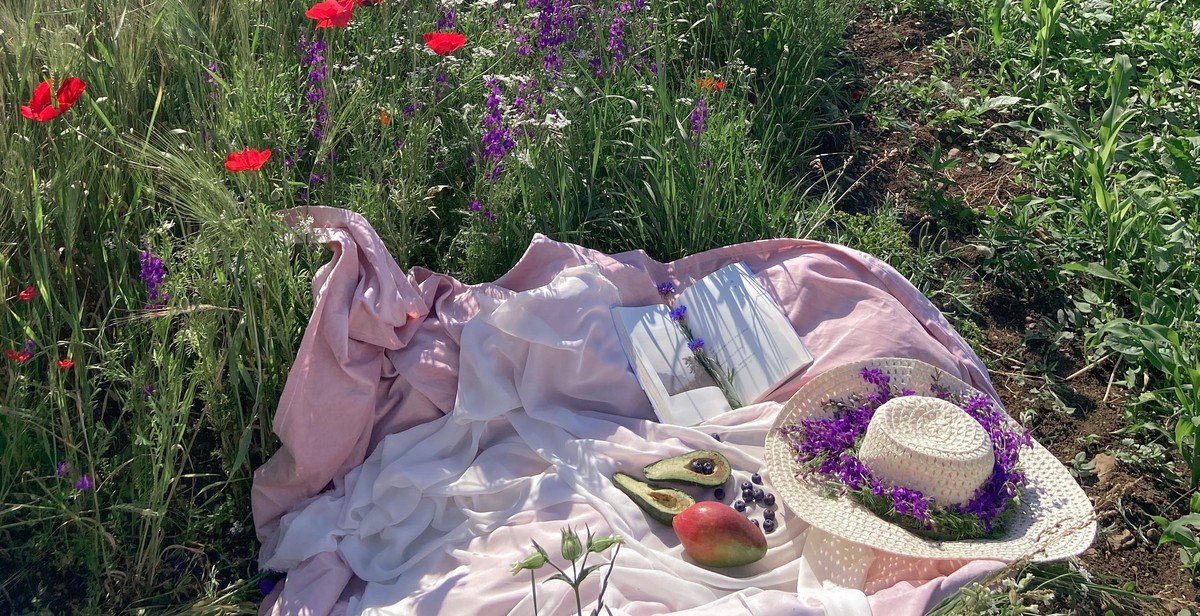How to Start a Herb Garden for Culinary and Medicinal Purposes
Herbs have been used for medicinal and culinary purposes for centuries. Growing your own herb garden is not only a great way to add flavor to your dishes but also a way to have fresh herbs readily available for their medicinal properties. Starting a herb garden may seem overwhelming, but with the right tools and knowledge, it can be a fun and rewarding experience.
Why Start a Herb Garden?
There are many reasons why you should start a herb garden. Firstly, having fresh herbs readily available can add flavor and depth to your dishes. Herbs are also packed with nutrients and offer many health benefits. For example, basil is known to have anti-inflammatory properties, while ginger can aid in digestion. Additionally, growing your own herbs can be cost-effective and environmentally friendly. You can save money by not having to buy herbs from the grocery store and reduce your carbon footprint by growing your own produce.
Starting a herb garden may seem intimidating, but with some basic knowledge, anyone can do it. In this article, we will provide you with tips and tricks on how to start your own herb garden for culinary and medicinal purposes.

Choosing the Right Herbs
When starting a herb garden, it is crucial to choose the right herbs that will meet your needs and preferences. Herbs can be classified into two main categories: culinary herbs and medicinal herbs.
Culinary Herbs
Culinary herbs are the most commonly grown herbs in home gardens. These herbs are used to add flavor and aroma to various dishes and can be grown both indoors and outdoors. Some popular culinary herbs include:
- Basil: This herb has a sweet and slightly peppery flavor that is commonly used in Italian and Thai cuisine. It is also a good source of vitamin A, C, and K.
- Parsley: With a fresh and slightly bitter taste, parsley is often used to garnish soups, salads, and meat dishes. It is also rich in vitamin C and iron.
- Thyme: This herb has a strong, earthy flavor that pairs well with roasted meats and vegetables. Thyme is also a good source of vitamin C and A.
- Rosemary: With a pine-like flavor, rosemary is a popular herb used in Mediterranean cuisine. It is also a good source of iron, calcium, and vitamin B6.
Medicinal Herbs
Medicinal herbs have been used for centuries to treat various ailments and promote overall health and well-being. These herbs can be grown both indoors and outdoors and are often used to make teas, tinctures, and ointments. Some popular medicinal herbs include:
| Herb | Health Benefits |
|---|---|
| Chamomile | Calming and soothing properties that can aid in sleep and digestion |
| Lavender | Relaxing and calming properties that can aid in reducing anxiety and stress |
| Echinacea | Boosts the immune system and can aid in treating colds and flu |
| Peppermint | Aids in digestion and can help relieve headaches and nausea |
When choosing medicinal herbs, it is important to research their potential side effects and interactions with other medications. It is also recommended to consult with a healthcare professional before using any medicinal herbs.

Preparing the Soil
Before planting your herb garden, it is important to prepare the soil properly. This will ensure that your herbs grow healthy and strong, and provide you with the best possible yields.
1. Choose the Right Location
The first step in preparing your herb garden is to choose the right location. Most herbs require at least six hours of sunlight per day, so choose a spot that gets plenty of sun. Make sure the location is also well-draining, as herbs do not like to sit in waterlogged soil.
2. Test the Soil
Testing your soil is an important step in preparing your herb garden. You can purchase a soil testing kit at your local garden center or online. The kit will help you determine the pH level of your soil, as well as its nutrient content.
3. Amend the Soil
Once you have tested your soil, you may need to amend it to provide the best growing conditions for your herbs. If your soil is too acidic, add lime to raise the pH level. If it is too alkaline, add sulfur to lower the pH level. You may also need to add compost or other organic matter to improve the soil’s nutrient content.
4. Prepare the Bed
After amending the soil, it’s time to prepare the bed for planting. Remove any weeds, rocks, or debris from the area. Use a garden fork or tiller to loosen the soil to a depth of at least 6 inches. This will allow your herbs’ roots to penetrate deeply into the soil.
5. Mulch the Bed
Finally, add a layer of mulch to the bed to help conserve moisture and suppress weeds. You can use a variety of materials for mulch, such as straw, leaves, or grass clippings.
By following these steps, you can prepare the soil for your herb garden and give your herbs the best possible start.

Planting Your Herb Garden
Now that you have chosen the herbs you want to grow, it is time to start planting. Here are some planting techniques to help you get started:
Using Seeds vs. Seedlings
You can either start your herb garden from seeds or seedlings. Using seeds is more cost-effective and gives you more options for variety, but it requires more patience and care. Seedlings, on the other hand, are more convenient and easier to manage, but they can be more expensive.
If you decide to use seeds, start them indoors in small pots or a seed tray before transplanting them outside. Make sure to keep the soil moist and provide adequate light and warmth. Once they have sprouted and grown a few inches tall, they are ready to be transplanted into your herb garden.
Seedlings, on the other hand, can be planted directly into your herb garden. Make sure to choose healthy seedlings with strong stems and leaves. When planting, dig a hole slightly larger than the root ball of the seedling and gently loosen the soil around it. Place the seedling in the hole and cover the roots with soil, making sure not to bury the stem.
Planting Techniques
When planting your herb garden, it is important to consider the spacing and location of each plant. Most herbs prefer well-draining soil and full sun, but there are some exceptions. For example, mint prefers partial shade and moist soil, while parsley can tolerate some shade and moist, well-draining soil.
Here are some general guidelines for planting your herb garden:
- Space plants according to their mature size to prevent overcrowding.
- Plant taller herbs, such as rosemary and sage, towards the back of the garden to provide a natural trellis for climbing herbs.
- Group herbs with similar water and sun requirements together.
- Consider planting herbs in containers if you have limited space or poor soil quality.
Table: Spacing Guidelines for Common Herbs
| Herb | Spacing |
|---|---|
| Basil | 12-18 inches |
| Chives | 6-8 inches |
| Cilantro | 6-8 inches |
| Mint | 18-24 inches |
| Oregano | 12-18 inches |
| Parsley | 6-8 inches |
| Rosemary | 24-36 inches |
| Sage | 24-36 inches |
| Thyme | 6-8 inches |

Caring for Your Herb Garden
Now that you have successfully started your herb garden, it’s important to properly care for it to ensure healthy growth and bountiful harvests. Here are some tips for caring for your herb garden:
Watering and Fertilizing
Herbs require consistent moisture to thrive, but be careful not to overwater them as this can lead to root rot. The frequency of watering will depend on the type of herb, soil type, and weather conditions. A good rule of thumb is to water when the top inch of soil feels dry to the touch.
When it comes to fertilizing, herbs generally don’t require a lot of nutrients. Too much fertilizer can actually reduce the potency of the herbs. A balanced, organic fertilizer applied once a month during the growing season should be sufficient.
Pruning
Pruning is an essential part of herb garden maintenance. Regular pruning helps to promote bushy growth and prevent the herbs from getting too leggy. It’s important to prune at the right time and in the right way for each type of herb. For example, basil should be pruned frequently to prevent it from flowering, while thyme should be pruned in the spring to encourage new growth.
Harvesting
Harvesting is the most rewarding part of growing an herb garden. The best time to harvest herbs is in the morning after the dew has dried but before the sun gets too hot. This is when the essential oils are at their peak. Use sharp scissors or pruning shears to cut the herbs just above a set of leaves. Be sure to leave enough foliage on the plant to ensure continued growth.
By following these simple tips for watering, fertilizing, pruning, and harvesting, you can ensure a healthy and productive herb garden for culinary and medicinal purposes.

Using Your Herb Garden
Once your herb garden is established, you can start using it for both culinary and medicinal purposes. Here are some ideas:
Culinary Uses
Herbs can add a burst of flavor to any dish. Here are some popular culinary uses for herbs:
- Basil: A staple in Italian cuisine, basil can be used to make pesto or added to pasta dishes.
- Mint: Mint is a refreshing addition to drinks and desserts like ice cream or fruit salad.
- Thyme: Thyme pairs well with chicken and can be added to stuffing or marinades.
- Rosemary: Rosemary is a great herb for roasting meats or potatoes.
Experiment with your herbs and see what flavors you can create. You can also dry your herbs to use in the winter or to give as gifts.
Medicinal Uses
Herbs have been used for centuries for their medicinal properties. Here are some herbs that can be grown in your herb garden and their potential health benefits:
| Herb | Health Benefits |
|---|---|
| Chamomile | May help with sleep and digestion |
| Lavender | May help with anxiety and stress |
| Echinacea | May help boost the immune system |
| Peppermint | May help with digestion and headaches |
It’s important to note that herbs should not be used as a replacement for medical treatment. Always consult with a healthcare professional before using herbs for medicinal purposes.
